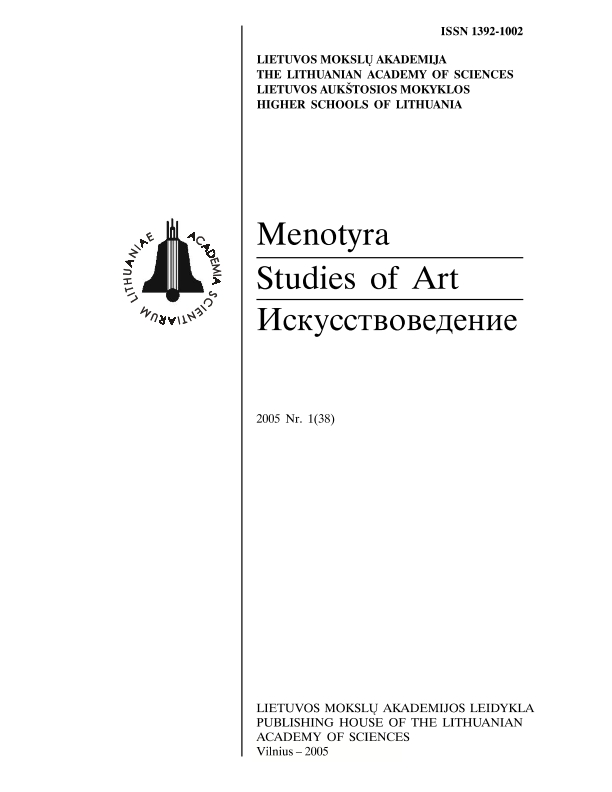Bažnyčios vargonininko repertuaro raida Lietuvoje XIX a. II - XX a. I pusėje
The development of repertoire of church organists in Lithuania in the second half of the 19th century - first half of the 20th century
Author(s): Eglė Šeduikytė-KorienėSubject(s): Christian Theology and Religion, Music, 19th Century, Pre-WW I & WW I (1900 -1919), Interwar Period (1920 - 1939), WW II and following years (1940 - 1949)
Published by: Lietuvos mokslų akademijos leidykla
Summary/Abstract: The traditions of organ playing in the second half of the 19th century can be characterized by a difference between musicians in big cities, who played a rather difficult repertoire, and in small towns.The organ as an instrument did not play such an important role in Catholic Church as in Protestant churches of Lithuania. Thus the organ playing traditions in Lithuania in the second half of the 19th century were not developed to such a high level as in other Baltic States.The traditions of professional organ playing in Lithuania were developed late in the 19th century, when the Lithuanian composer Juozas Naujalis came back to his native land after his studies in Warsaw.The repertoire of the Lithuanian organists Jonas Žukas, Zigmas Aleksandravičius, Konradas Kaveckas consisted of romantic and impressionistic music by German, French, Italian, Polish and Lithuanian composers. The main part of the repertoire of these Lithuanian organists consisted of their own interpretations, which were performed in their own original style.A new generation of famous organists-teachers was trained at the Kaunas Conservatoire (1933-1949). Their professional level exceeded the fundamentals of playing the organ in church. The playing of the organ was based on the European traditions of interpretation which became popular in Lithuania.
Journal: Menotyra
- Issue Year: 2005
- Issue No: 1(38)
- Page Range: 27-33
- Page Count: 7
- Language: Lithuanian

